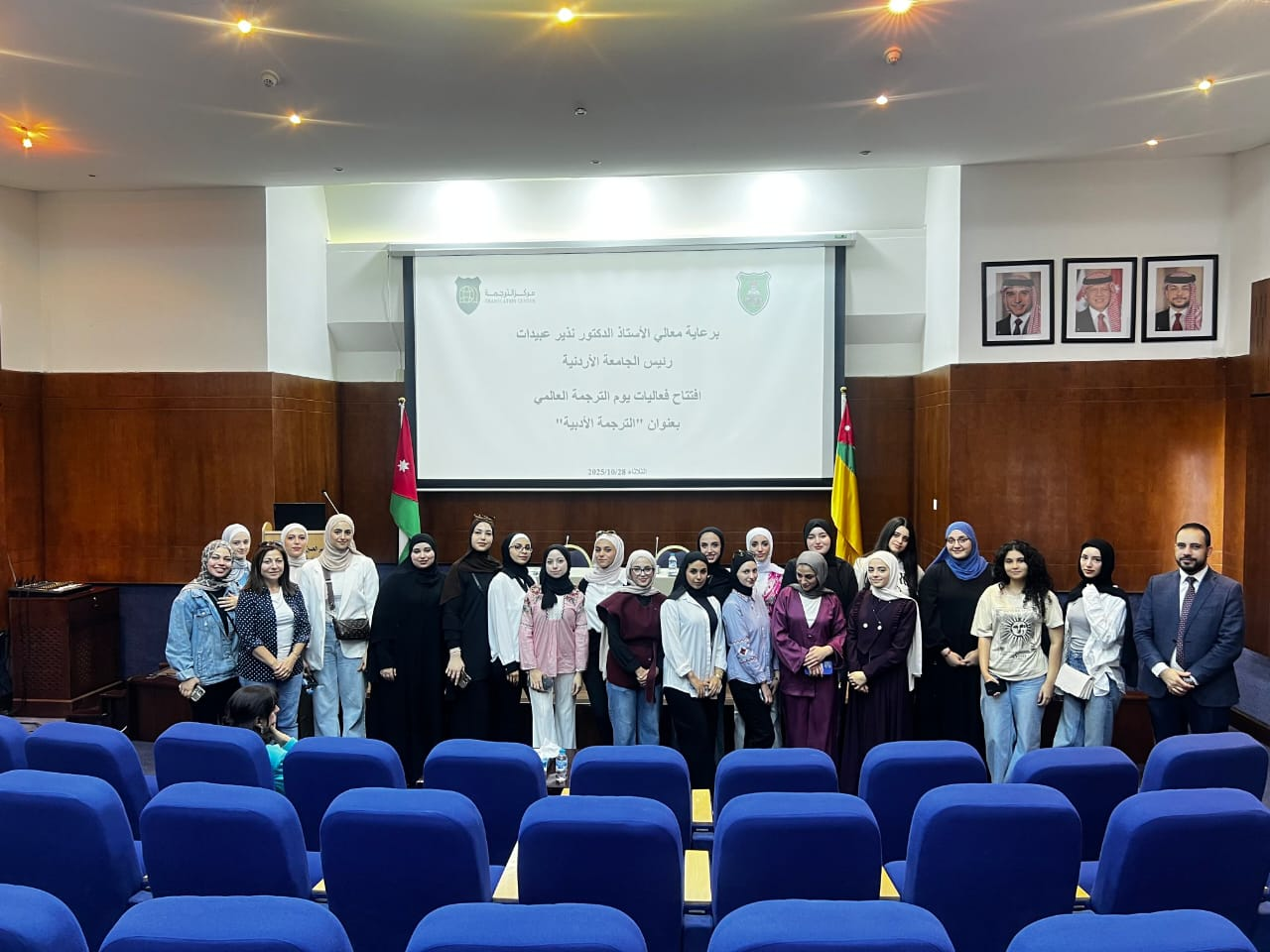Al-Ahliyya Amman University

16 October 2012
Ali Abdullah examines “Rhythm Aesthetics in Islamic Art”
Dr. Ali Abdullah revealed numerous rhythm connotations in the Islamic art. In his lecture entitled “Rhythm Aesthetics in Islamic Art”, which he delivered on the evening of the day before yesterday in the Jordanian Writers Association, within the Literary Saturday Forum, Dr. Abdullah said that he will not tackle the aximos that will not bring anything new. Dr. Abdullah addressed rhythm in poetry, music, theater, architecture and other Islamic Art topics. Dr. Abdullah stated that rhythm in architecture began with the Christian religion which intended to mark a distinction between the houses of God and people's homes. The Islamic architecture developed rhythm in architecture in terms of form, decoration, and colors. He noted that Islamic architecture differs from other architecture arts, since it is biased towards objectivity at the expense of subjectivity. The lecturer addressed sound and time rhythms and other forms of rhythm we encounter in our daily lives. Abdullah said that each state has its own rhythm. Love, hatred, war, and peace have their own rhythm and so on. Thus, movement represents a kind of rhythm as much as silence does. He considered the Holy Quran and the manner of its slow recitation and intonation, which are based on a beautiful rhythm that is unique to the Quran. He also talked about the rhythm that accompanies Eid prayer and the calls to prayers. Prayers and pilgrimage represent a special kind of rhythm, he added. The lecturer pointed out that drama is also based on rhythm, in addition to shadow, as well as the storyteller image known in folk art in the old centuries. The lecture was accompanied by a presentation of Islamic architecture photos on a large screen. The presentation addressed all signs of rhythm in human life, from the moment of Al-Faraheedi discovery of rhythm in poetry, to the cry launched by infants at birth because of the changed pattern of rhythm. Dr. Abdullah added that many practitioners of popular industries practice their professions to the beat of a special rhythm. The audience praised the lecture and its presentation. While the ideas proposed by the lecturer are familiar to all, many of the attendants were not paying attention to this state of rhythm which forms people's lives physically, acoustically, and visually. The lecture was presented and moderated by Dr. Hafeetha Ahmed. She indicated that Dr. Abdullah 's cultural and artistic awareness enabled him to be an expert in many art topics in Iraq and the Arab world. In demonstrating his career path, she referred to the multiple positions he held, and his publications, which are more than twenty books in different fields of art and music. The lecture was attended by a number of officials and professors of Al-Ahliyya Amman University at which Dr. Abdullah serves as lecturer. The lecturer and the audience engaged in dialogue that addressed multiple forms of rhythm in the various Arab-Muslim art categories.





